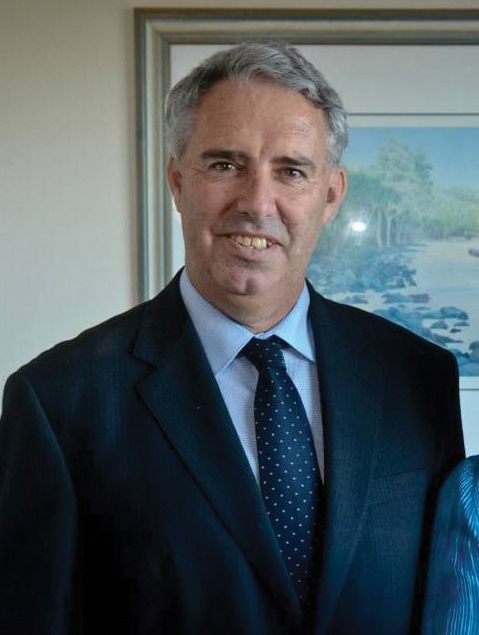
Local Government New Zealand recently released its initial discussion document in its first principles review of what a fit-for-purpose resource management regime should look like.

Lawrence Yule
The think piece, A ‘blue skies’ discussion about New Zealand’s resource management system, explores whether continued evolution of the current resource management system is the best approach or whether more fundamental reform is needed.
The discussion document highlights the pressure points within the current system and provides a road map for the discussion around what New Zealanders want from a resource management regime.
The think piece has uncovered the following themes:
- the system needs to be capable of operating successfully in a context that is dynamic and different from the one in which the present system was designed – in particular it needs to be flexible and adaptive
- any changes need to capitalise on the trend towards increasingly participatory processes which rely on the availability of quality data and the ability to translate and communicate it to lay audiences, moving from regulator to trusted advisor, interpreter and facilitator
- the system has to be capable of facilitating the achievement of particular outcomes, not just the avoidance, remediation or mitigation of adverse effects
- the capacity and capability of local authorities, the courts, central government agencies, sector groups and NGOs need to be developed to match the current and future needs and demands of the system, including measures to guide implementation
- if it is to address current shortcomings, the resource management system has to be more than merely a platform for resolving disputes – it must be capable of aligning the efforts of communities, government and business towards achieving outcomes that advance common interests
- the lack of alignment between core components of the resource management system needs to be resolved to reduce duplication of process and to assist the alignment of strategy, planning and funding – particularly in urban areas experiencing growth pressure.
A “blue skies” review of New Zealand’s resource management system highlights the question of whether, after 25 years and repeated experiments and amendments, the Resource Management Act (RMA) is still fit for purpose.
While we welcome the recently announced changes to the RMA, it is time for some “blue skies” thinking about what a fit-for-purpose resource management regime could look like.
Since LGNZ announced its resource management review, the Productivity Commission has also commenced a review of New Zealand’s urban planning and resource management system.
The timing of the LGNZ think piece is propitious, landing as it has in the middle of a good deal of discussion on these issues, and we look forward to a significant response to the questions it poses.
What would a fit-for-purpose resource management system look like?
New Zealand’s communities are diverse and evolving – there are many different perspectives on what the future should look like and what contribution the resource management decision-making framework could or should play in bringing about this vision.
The resource management system is designed to prescribe clear limits that protect the healthy function of natural ecosystems and define the boundaries within which people can conduct business.
Despite this, the practice of balancing economic value against environmental loss has arguably fostered an approach to decision-making that pits the economy against the environment and has generated a culture of costly and divisive litigation.
Communities are also continuing to ask their councils to do more than simply provide local services. Over the past decade, councils have sought to enable and facilitate the development of natural and physical resources in a socially and environmentally responsible way – fostering decision-making processes and projects that deliver ‘win-wins’ across the ‘four wellbeings’.
While the degree and pace of change may remain a point of contention, LGNZ believes there is a broad consensus that inaction is not an option and that change is necessary.
LGNZ favours a progressive or ‘stepped’ programme of change – one that starts with and builds from the current programme of change, and that increases the scope and degree of change only once the impact of amendments have been evaluated and understood.
The resource management system is a critical part of New Zealand’s competitive advantage in an increasingly resource-constrained world – if we get the settings of the resource management system right we could position New Zealanders to enjoy sustained high levels of prosperity and wellbeing.
Submissions for LGNZ’s think piece A ‘blue skies’ discussion about New Zealand’s resource management system are now closed. A final report will be published during 2016.
LGNZ’s think piece, A ‘blue skies’ discussion about New Zealand’s resource management system, can be found at http://www.lgnz.co.nz/home/our-work/publications/a-blue-skies-discussion.
Lawrence Yule is President of Local Government New Zealand, which represents the interests of 78 local authorities in New Zealand.
This article appeared in the February issue of Asia Pacific Infrastructure News.




